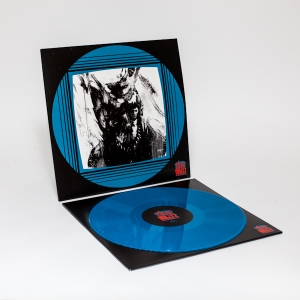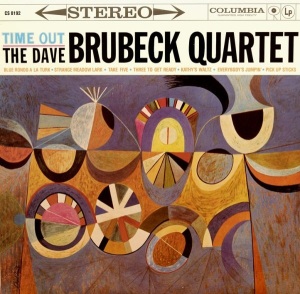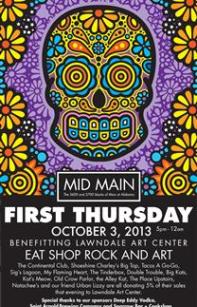In the past turntables were bulky, expensive, and hard to maintain. Now, they come in many different variations and can be cheap and extremely easy to use and keep. There are many types, so I will try to narrow it down to what three different price ranges offer when looking to purchase a turntable.
1. Below $100 dollars:
I do not recommend going below one hundred dollars when buying a turntable, but they are out there. These are great for beginners or young adults trying to get into the hobby without killing their bank account. They are often made of plastic components and do not have many of the features that standard turntables have. Crosley has several models that are within this price range. Please keep in mind that you are buying a cheap turntable made by a company that are marketing towards a gift-buying market. These turntables work well and are great for starting out, but they do not offer the quality that vinyl can bring. Most of them have built in speakers that sound from awful to decent. I’ll admit, my first table was something similar to a Crosley. The thing was junk and had a ceramic needle that tore up most of the records I played on it. Be wary of this price range. Most are mass produced and go for looks and gift-appeal over true audio quality, but they are excellent for the plug-and-play listeners.
2. $100 to $500
This is where I would recommend you explore if you are really going to be serious about vinyl. A good turntable in this range will last decades if treated well and taken care of. The components that are included on these turntables are standard for what makes vinyl sound the best that it can. They are built with the serious listener in mind.
They also do not cover all of what it takes to get the needle-to-record sound. If you buy in this range, you will need to also purchase a receiver and a set of speakers. This is where we come into the realm of the set-up. If you are trying to improve your living area with a sound system a good turntable, then a good receiver and a good set of speakers will fill most houses with sound. And if you do it right and get decent components in your set-up you will start to hear music like you’ve never heard it before.
Most turntables in this range have upgradability. This is the most important factor in beginning a music set up. If you continue to purchase vinyl and listen to them, eventually you will want to make them sound better. Each component in the set up can be upgraded, and that goes for everything within the turntable itself. I highly suggest going into this price range for this reason alone.
There are several brands to explore within this range. I would recommend going for a used table in this range, and to ask these questions when buying it:
Obviously, does it work?
How often was it used?
Was it used for DJ-ing/scratching? (These turntables have been through a lot, don’t buy it if it has been used for this.)
What is the condition of the cartridge and stylus?
Decent turntables can be found used either in a store or online. Just be aware that you are purchasing an electronic piece of equipment that takes care and maintenance to work. Turntables are unique pieces of engineering, and they really have to be in tip-top shape to work the best that they can.
If you want to buy new to avoid the pitfalls of buying used, then be aware that a brand new turntable will not work directly out of the box. Once hooked up to a receiver and speakers, the turntables tonearm (the component that holds the cartridge and needle stable on the record while the table spins) must be calibrated. Here’s a good video that explains how to balance the tonearm. Note that each cartridge has a different weight requirement. If too much weight or not enough weight is put on the cartridge, the records you play will not sound the best and they could be damaged.
3. Above $500
Honestly, I have not really looked into the audiophile-quality turntables that are available at these extreme prices. In this area, the experts come into the ring and attempt to optimize the listening experience that can be gotten from vinyl. Do your research and talk to the experts if your’e willing to venture into this area. There are turntables in this range that are extremely precise and come with mind-blowing design features. They can produce some of the most clear sounding music you will ever hear. It is inspiring to even be in the same room as some of them. If you get into the $1000 and up range you will see that they are astonishing combinations of engineering and art. I suggest looking at some of them just to see what’s out there, but serious consideration should involve extended research.
Features:
USB/non-USB
Some turntables sold today offer the capability of digitalizing vinyl through the use of a USB port and software. I think that adding this capability to the price of the turntable could lower the quality of the table, but it just takes listening to different models to be sure. If you want to digitalize a massive record collection or want to have your music in different forms then I say go for it. Just be aware that some of these turntables are only made for this purpose and are not built with the music experience in mind. Also, most new albums being released come with digital download codes that eliminate the need to transfer formats.
Manual/Automatic
Some turntables offer the chance of an automatic cueing system. This means that the turntable raises the tonearm and places it on the record itself. I prefer a manual turntable because I sometimes like to skip tracks and listen to specific parts of records. Keep in mind that it takes a precision and a steady hand to rest the needle on an album without damaging it or the needle, but it is not that hard to get down without a little practice.
I really hope that clears a lot of questions up. There are a lot of turntables out there. Buying the right one depends on what you want to achieve with it. Thanks for reading.
RTR





